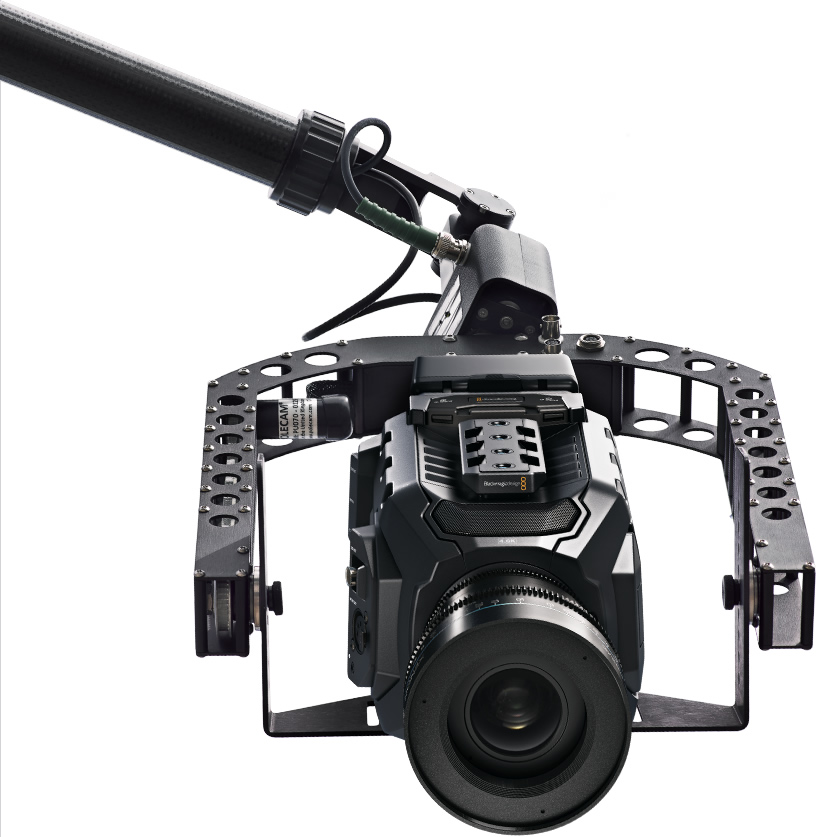
It will make it a bit more annoying to match with other cameras, say if you have some Pocket cameras on set. It’s still good, it just isn’t quite as good, though LUTs and other tweaks can get them looking very close. The highlight rolloff has been improved and the handling of reds, especially in highlights. The 12K actually has Generation 5 color science and it does show. Color Scienceīlackmagic has been working on their color science for a while. It depends on your post workflow and if you require a quicker turnaround or are working with other teams to handle the footage. This makes the 4.6K a bit more versatile for certain workflows as ProRes is much more widely supported. The 12K will only record in Blackmagic RAW while the 4.6K has raw along with ProRes. If you care about dynamic range more than resolution then the decision should be easy.

Practically speaking what this means is that the 4.6K G2 will deliver a bit more detail in the shadows and/or highlights. The resolution I hope is obvious, but for dynamic range you have a rating of 14 stops for the 12K and 15 stops for the 4.6K. This is the result of using different sensors and image processing techniques. If you are looking at these cameras or are just curious about what those differences mean filmmaker Chris Warren takes a quick look at them both.Īs mentioned, the resolution is the biggest difference.

In that line there are actually two models that seem to offer very different capabilities: the 4.6K G2 and the 12K.Īs you might have guessed, these cameras look similar but offer dramatically different resolutions and shooting modes. The Pocket series is doing amazing, but I would hazard that when we talk about traditional cinema cameras it is the URSA Mini Pro line that is getting the attention. Blackmagic has an impressive lineup of cameras that they have been building up for years.


 0 kommentar(er)
0 kommentar(er)
